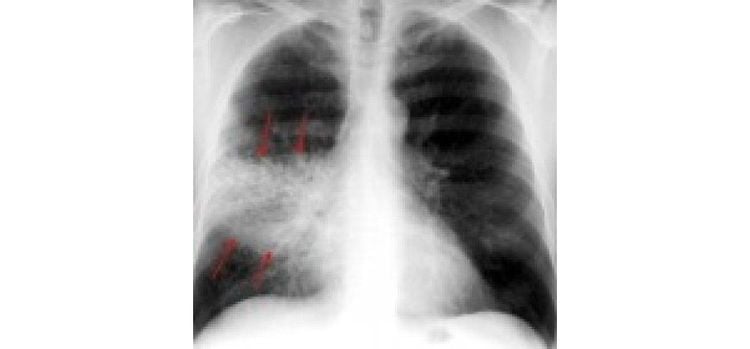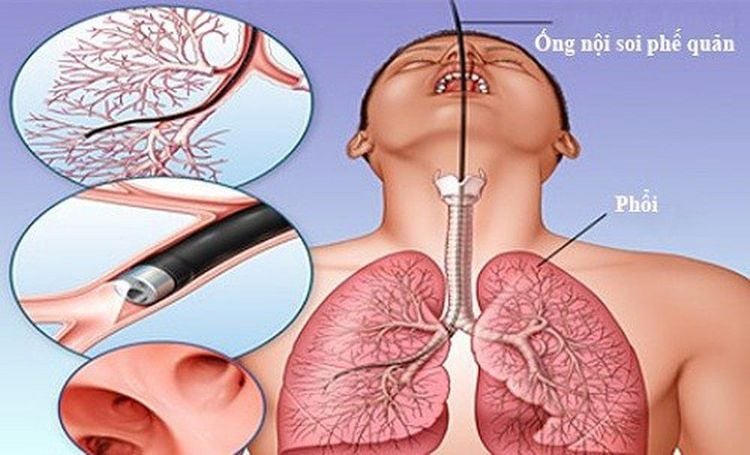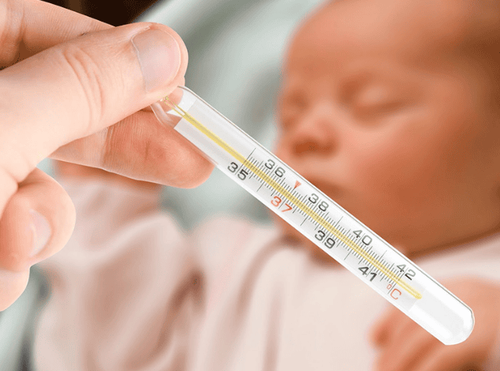This is an automatically translated article.
The article is professionally consulted by Master, Doctor Nguyen Huy Nhat - Department of Medical Examination & Internal Medicine - Vinmec International General Hospital Da Nang.Pneumonia is an infection of the lungs, common in young children. Pneumonia can progress very quickly and easily lead to dangerous complications. It is important to detect the disease early and get treatment as soon as possible.
When you see signs of pneumonia, especially shortness of breath, you should immediately think of pneumonia and go to the hospital for examination. The doctor will, depending on the patient's condition, appoint the patient to perform the pneumonia tests below.
Blood tests A blood test can help identify an infection through a white blood cell count. The doctor can take blood from the vein for culture, helping to determine the exact type of bacteria causing pneumonia, thereby choosing the right treatment method and antibiotic.
Urinalysis Urine test helps diagnose pneumonia caused by 2 causes: pneumococcal (Streptococcus pneumoniae) and Legionella pneumophila bacteria.
Sputum culture People with pneumonia often cough and have sputum. Take sputum from a deep cough to conduct a test to help identify the type of bacteria causing the disease. Similar to a urine test, a sputum culture helps your doctor choose the best antibiotic to treat.

CT scan CT (computerized tomography) scan helps to observe more detailed and clear lung images. Lung CT scan is often indicated in cases of severe pneumonia, the treatment of pneumonia is not effective.
Measure pulse oxygen saturation The ideal blood oxygen saturation is above 95%. When you have pneumonia, the process of oxygen getting into the lungs can be obstructed, causing oxygen levels in the blood to decrease, and the patient will find it difficult to breathe.
Pulse oximetry is a non-invasive testing technique that allows to check for changes in blood oxygen.
Arterial blood gases An arterial blood gas test measures the degree of hypoxia in the blood. An arterial blood gas test uses a sample of blood drawn from an artery, mostly in the wrist. It helps determine the oxygen-carbon dioxide gas exchange, thereby assessing the severity of the disease.
Bronchoscopy In case of severe pneumonia or repeated pneumonia, the patient is often required to undergo bronchoscopy. The doctor will use a small, flexible tube with a camera on the end, inserted into the patient's trachea and bronchi, helping to collect fluids and small tissue samples to perform tests, find the cause of the disease.

If you notice any unusual health problems, you should visit and consult with a specialist.
Please dial HOTLINE for more information or register for an appointment HERE. Download MyVinmec app to make appointments faster and to manage your bookings easily.














